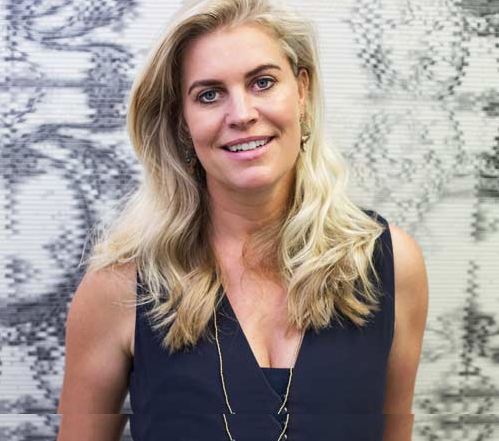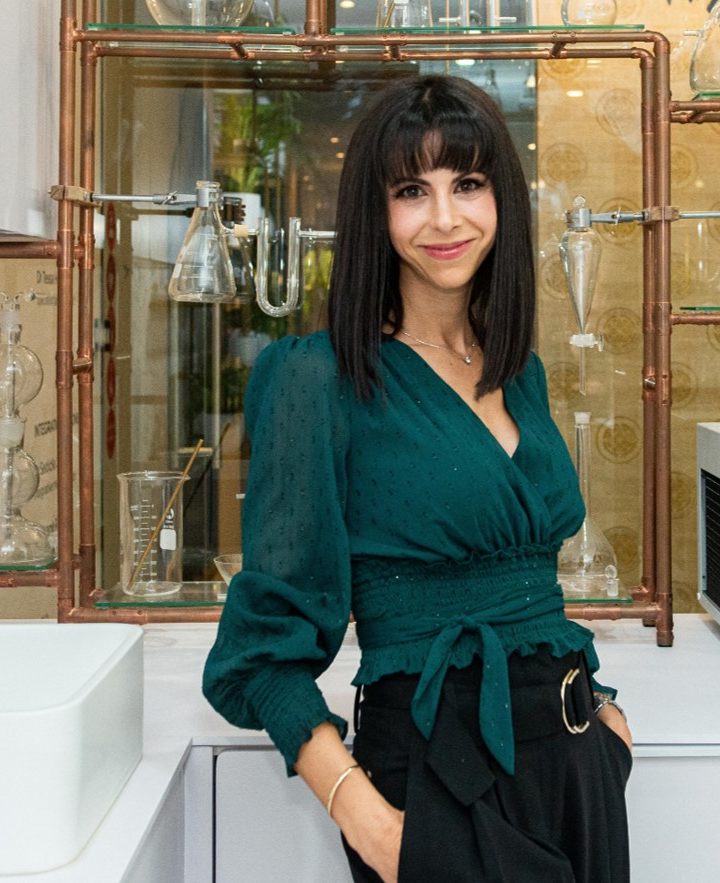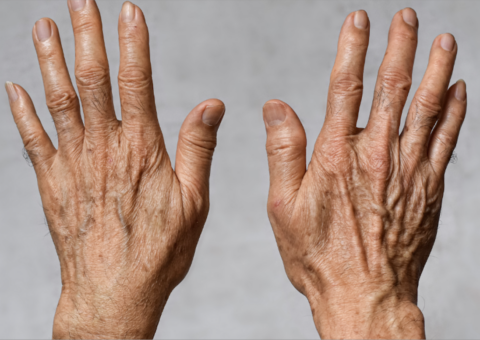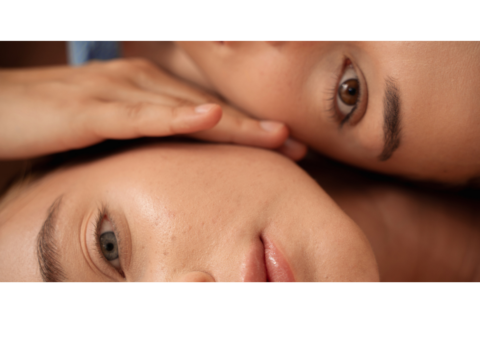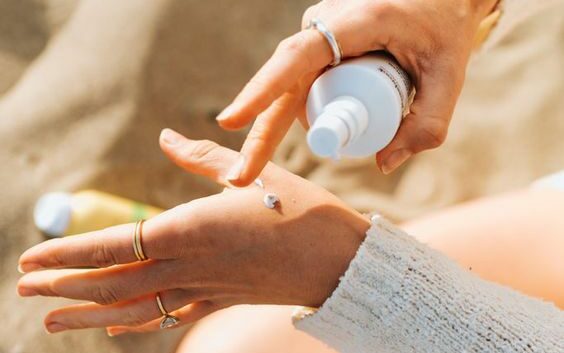
You might shrug off the idea of skin cancer and assume it won’t happen to you- or if it does, you’ll just have a mole removed. No big deal, right?
Not so fast.
Skin cancer is the most common cancer in South Africa. In fact, each year there are more new cases of skin cancer than the combined incidence of cancers of the breast, prostate, lung and colon.
And treatment may involve a whole lot more than a mole removal. Skin cancer, particularly melanoma, the most serious form, can spread to other parts of the body and become fatal.
There is nothing like having extensive surgery on your face to make you think- Okay, what’s causing this and what can I do to prevent anything going forward?
The major cause of skin cancer is ultraviolet rays from the sun. UVB rays have slightly more energy than UVA rays and can damage the DNA in skin cells directly. About 90 % of nonmelanoma skin cancer and 86% of melanomas are associated with solar UV.
You can follow the next tips to protect your skin from the sun’s damaging rays and reduce your risk of skin cancer.
![]() Be Sun Savvy
Be Sun Savvy
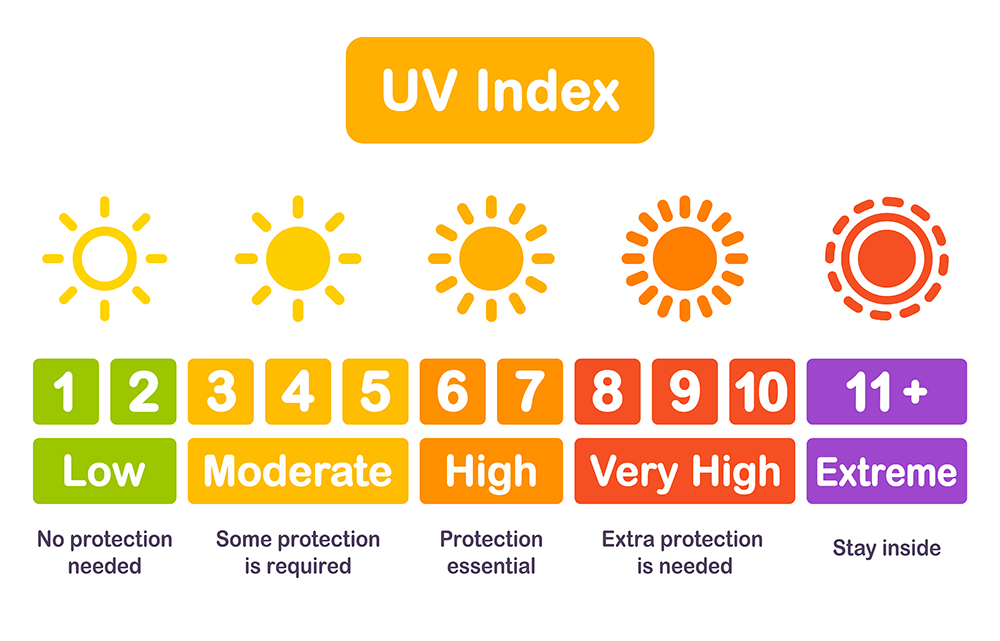
Avoid the sun between 10 am and 4 pm- use the daily UV index posted on your weather App and where possible plan outdoor activities for when the UV index is lower than 3.
Use sunscreen with a SPF of 30 or higher every day– even on cloudy and cool days and reapply every two hours or after sweating or swimming. If you must be outside when the sun is most intense, seek shade or wear sun protective clothing- it is the simplest way to stay safe- unlike sunscreen, you never need to reapply. A UPF 50 fabric blocks 98% of the sun’s rays and allows only 2 % to penetrate, thus reducing your risk significantly.
![]() Don’t use tanning beds
Don’t use tanning beds
Tanning beds produce mostly harmful ultraviolet A (UVA) and smaller doses of ultraviolet B (UVB) rays which increase your chance of developing skin cancer, cataracts and ocular melanoma.
A US National Cancer Institute study found that the use of an indoor tanning device was associated with a 50% increase in the risk of basal cell carcinoma and 100% increase in the risk of squamous cell carcinoma.
Enough said.
![]() Wear the right headgear
Wear the right headgear
A wide-brimmed hat will protect your face, ears and neck. If you wear a cap, don’t forget to apply sunscreen to your neck and ears. Find a hat you absolutely love, preferably one with a UPF of at least 30 and never leave home without it!
![]() Protect your eyes
Protect your eyes
Wear sunglasses with UVA and UVB protection to help prevent damage to the sensitive skin around your eyes, as well as cataracts.
![]() Protect your Family
Protect your Family
Historically as South Africans, about 80 % of our sun damage occurred before the age of 18. Surely we can do better than this. Keep children under 6 months out of the sun completely and from the age of 6 months cover them with clothing and sunscreen whenever they’re outdoors. It takes 3 days to cultivate a habit- make sun protection a healthy family habit.
![]() Consider your cumulative sun exposure
Consider your cumulative sun exposure
Skin cancer is caused by chronic cumulative exposure and not just blasts of sun exposure here and there. Think about all the times you get incidental ultraviolet exposure (even on cloudy days)- strolling with your dog, watching the kids’ sport, running errands, driving (yes- UV rays can penetrate your windshield and car windows). You may not think those times outdoors “count”, but they do. You are getting a lot more exposure through the car and walking around than you realize. And that’s why wearing sunscreen daily is so important. High risk individuals should consider UV protective window shields if they spend a lot of time driving.
![]() Know what to look for :
Know what to look for :
Skin cancer can take many forms, but the three most common are:
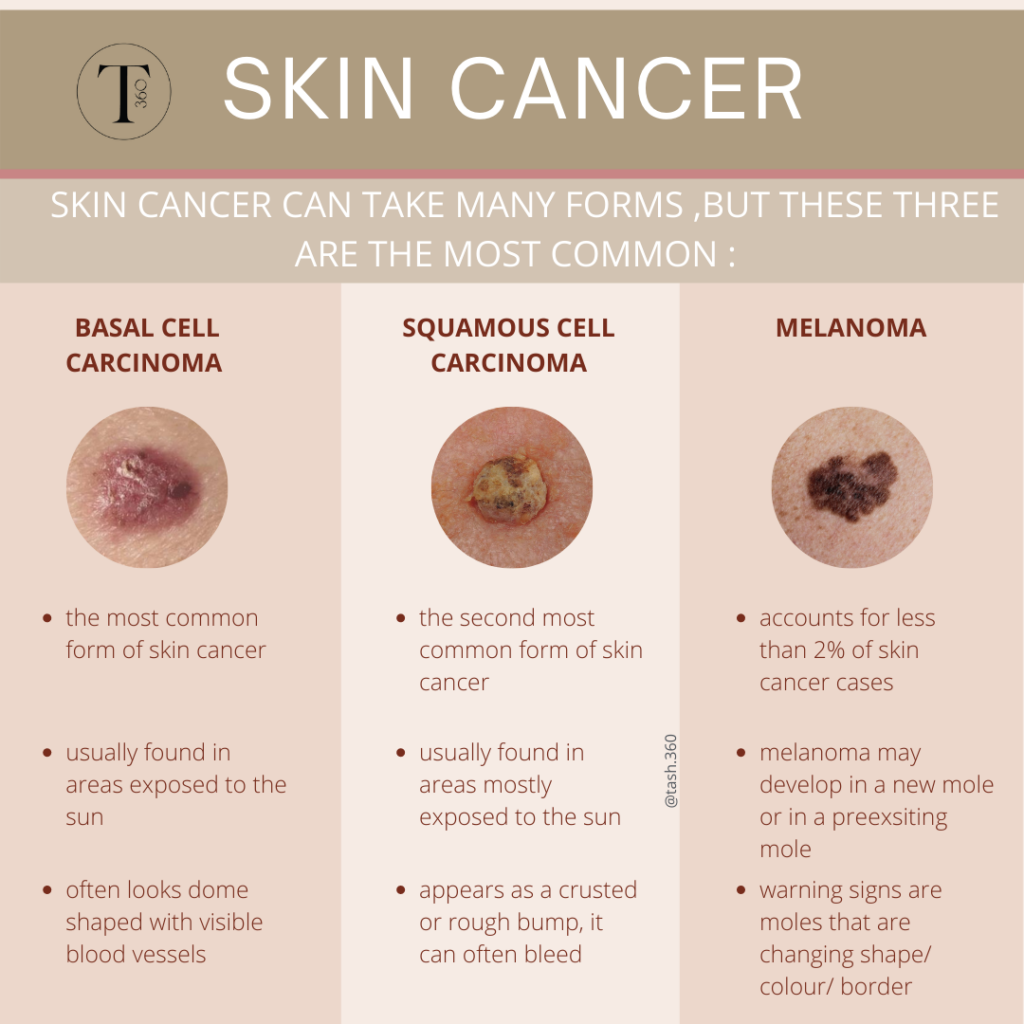
Basal cell carcinoma- this is the most common type and typically occurs on areas that receive a lot of sun- such as the face, scalp and neck. It often appears as a dome shaped growth with visible blood vessels.
Squamous cell carcinoma– is the second most common type of skin cancer. It also frequently develops on skin that is exposed to the sun such as the face, ears, lips, back of hands, arms and legs. It often appears as a crusted or rough bump, a red flat patch or a dome shaped bump that bleeds.
Melanoma- this is the deadliest form of skin cancer but fortunately also the least common. It may develop on normal skin, or in an existing mole. Moles that change shape, or develop symptoms such as pain, itching or bleeding can be a sign of melanoma. Melanoma can occur in any ethnic group and anywhere on the skin including the hands and feet and under nails.
Pro Tip : If you have a new growth or spot that’s changing colour, growing, bleeding, not healing, or scabbing over you need to get checked by a dermatologist.
![]() Perform regular skin checks and conduct regular screenings
Perform regular skin checks and conduct regular screenings
Get to know your skin.
Put time aside monthly to look for any changes to moles, freckles or birthmarks or for any new blemishes. You should have a baseline check with a dermatologist who will do in-depth all-round check-up, including hard-to-see spots like your back, your scalp, and the bottoms of your feet and then follow up annually or more frequently. High risk individuals- those with fair skin, family history of skin cancer, multiple moles, heavy exposure to UV rays, numerous severe sunburns in the past and weakened immune systems would need to be followed up more regularly.
Your dermatologist may choose to use skin visualization technology to keep track of any changes in your skin.
![]() Pay attention to what you’re eating
Pay attention to what you’re eating
Ever wondered why dietitians say you should fill your plate with a rainbow of fruit and vegetables?
Well there’s indeed a method behind the madness.
All of the fruits and veggies have phytonutrients- antioxidants that are protective against free radical damage in the skin. While virtually all experts agree that eating foods rich in these compounds is good for your overall health, the evidence that they specifically help prevent skin cancer is stronger for some nutrients than others. Vitamins A,C D and E , zinc, selenium, beta-carotene (carotenoids), omega 3 fatty acids, lycopene and polyphenols are among the antioxidants which should be included in your diet regularly to help prevent skin cancer.
![]() Familiarise yourself with skin protective supplements
Familiarise yourself with skin protective supplements
Some supplements might help kick your skin protection up a little bit.
Research currently supports two supplements.
- Polypodium leucotomos extract – this antioxidant that comes from a fern, is the key ingredient in several products, and perhaps the most prominent example of so-called ‘edible sunscreens’. Studies have shown that it helps prevent both UVA- and UVB- induced toxicity and DNA damage and reduces free radicals.
2. Nicotinamide (also known as niacinamide) is a form of vit B3. Clinical research by an Australian dermatologist has catapulted nicotinamide into the public consciousness. Her studies have revealed that high doses of nicotinamide reduces the rate of new skin precancers, basal and squamous cell carcinomas by 23 percent in patients with a history of these lesions. Early research suggests that nicotinamide may provide similar benefits to melanoma patients.
So far, there is no evidence for the efficacy or appropriateness of oral nicotinamide in the broader population. But in high- risk patients such as those that have had multiple skin cancers or people with suppressed immune systems, such as transplant patients, they are a new opportunity for skin cancer prevention.
While the research has only used supplements, nicotinamide is also naturally present in small quantities in yeast, lean meats, fish, nuts and legumes. It is now also incorporated in many topical agents including sunscreens and cosmetic products.
![]() Review any medications you take
Review any medications you take
Some medications can cause changes in your skin that makes it more sensitive to UV exposure.
Common culprits include certain antibiotics including Bactrim and tetralysal, non- steroidal anti-inflammatories such as ibuprofen, antifungals and even birth control pills. When in doubt, go over any potential side effects with your doctor or pharmacist.
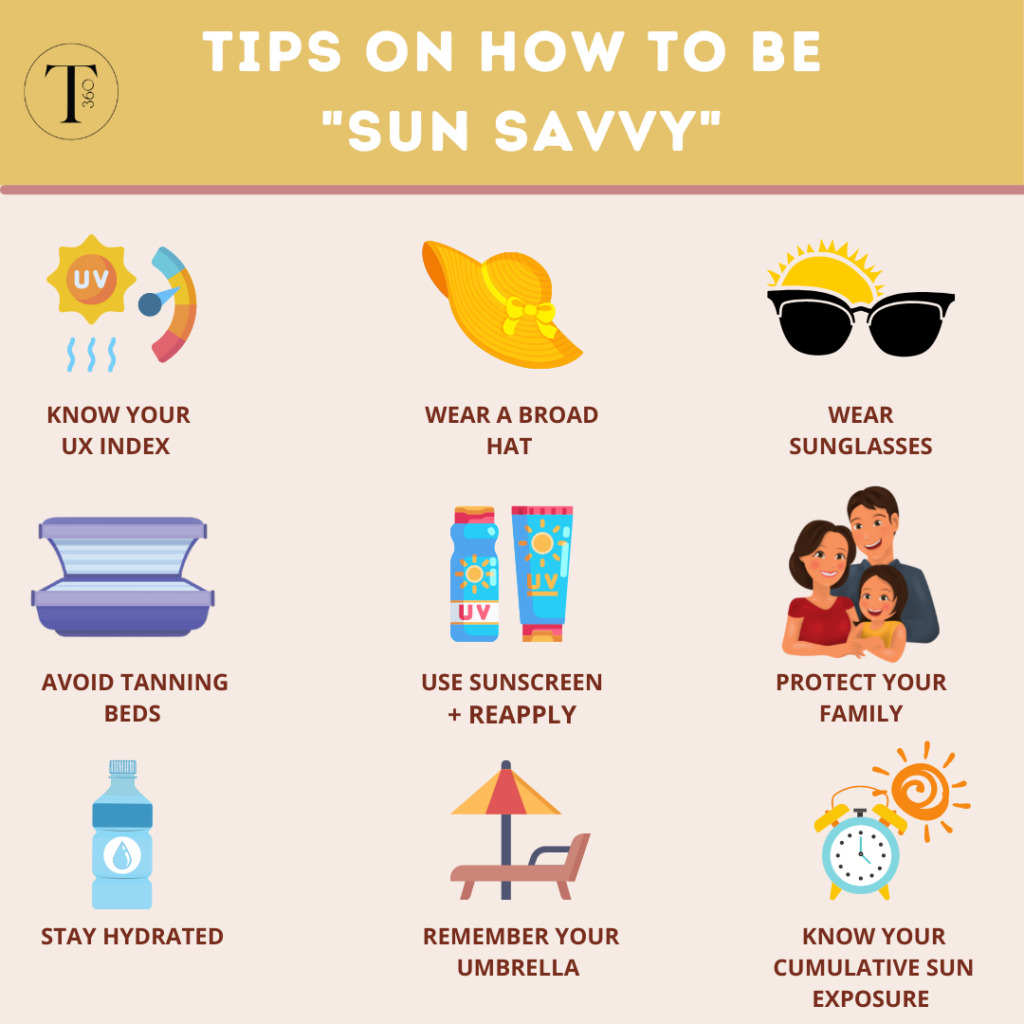
![]() Don’t assume you’re doomed.
Don’t assume you’re doomed.
Even if you were a devoted sun worshipper or lifeguard in your teens, you can still slow down the intensity or the amount of exposure you’re getting now.
It’s never too late to change your behaviour.


